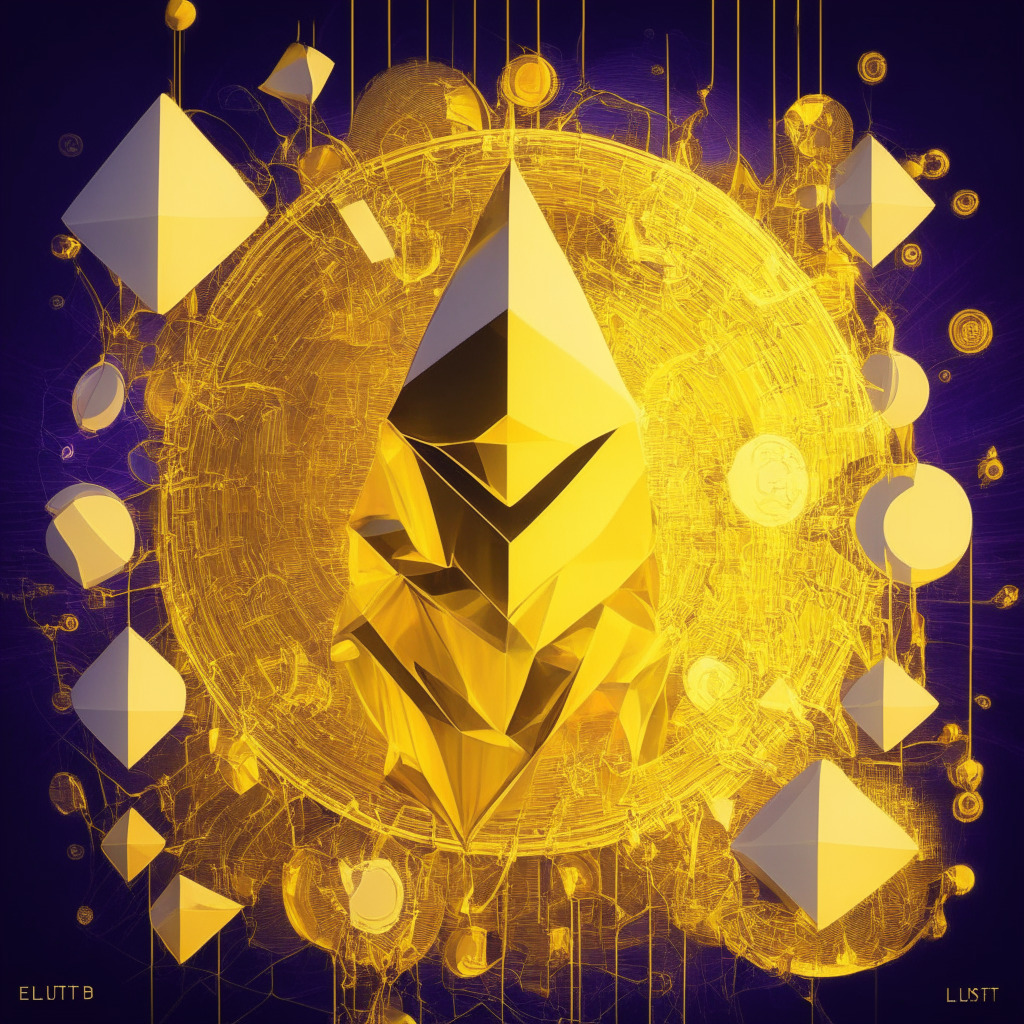Memecoins have been a part of the cryptocurrency ecosystem since the emergence of Dogecoin in 2013, with fortunes made and ruined in equal measure. Recently, Pepecoin (PEPE) has attracted attention by seizing a significant portion of the memecoin market share. As reported by Cointelegraph, Pepecoin experienced a 2,000% increase in value following its launch in late April 2023. The primary reason for the token’s rally is attributed to zealous memecoin hype, with widespread sharing of the project on Twitter in the past month.
The Pepecoin website includes a closing disclaimer, categorizing $PEPE as “a meme coin with no intrinsic value or expectation of financial return.” The project specifies that it has no formal team or roadmap and that the token is meant for entertainment purposes only. Data analytics firm Nansen offered insightful data and key takeaways after PEPE’s market capitalization skyrocketed. Research analyst Xin Yi estimated the total memecoin market value at around $20 billion, with the top five tokens, DOGE, SHIB, PEPE, BABYDOGE, and FLOKI, accounting for over $18 billion in value.
According to data provided by Nansen Query, PEPE’s token has seen massive growth in value and market capitalization compared to other top memecoins. Yi also notes that the data for PEPE may not be complete, as the information reflects its listing on Coingecko, which came a couple of weeks after its inception. Market capitalization of $PEPE has surged by 400% since its launch.
Yi shared that the social aspect of memecoins is a significant driver of investor sentiment and action, such as Elon Musk‘s infamous Dogecoin endorsements and aggressive Twitter bots promoting memecoin hashtags. Since memecoins lack intrinsic value, their prices rely on catalysts like social relevance and events.
Nansen provides data analytics and insights into ‘smart money’ cryptocurrency traders and holders. The rise of PEPE has attracted a substantial number of ‘smart money’ holders, as onchain data highlighted by Yi illustrates. She notes that a few thousand traders could benefit from the surge in memecoin value, despite the risky nature of many other memecoins often involved in pump-and-dump or ‘rug-pull’ operations. Gains on one successful coin can outweigh losses on other failed coins, making memecoins attractive to traders with a higher risk appetite.
However, Yi also emphasizes the inherent risks of memecoins, which frequently result in liquidity crunches when large token holders sell their holdings, leaving smaller investors to suffer losses. In the wake of its launch and subsequent investor appeal, several cryptocurrency exchanges listed PEPE, including OKX, MEXC Global, Bitget, Gate.io, and Huobi.
Source: Cointelegraph




